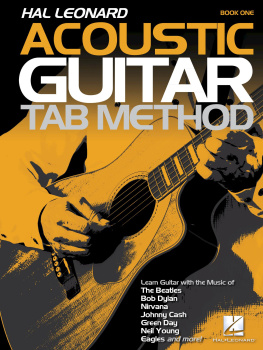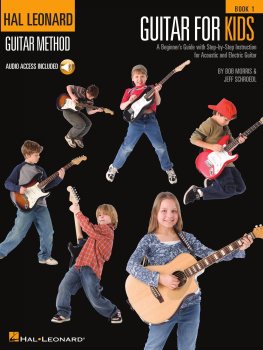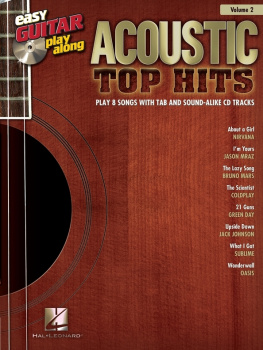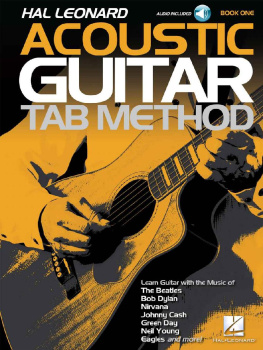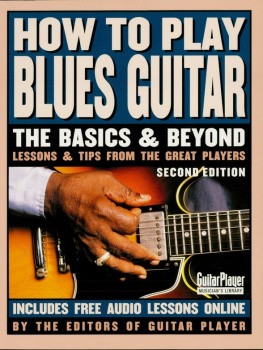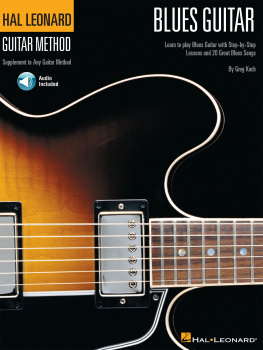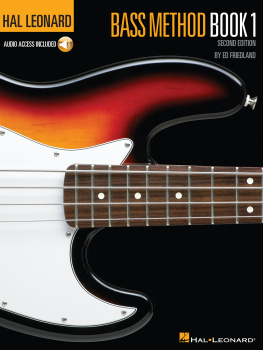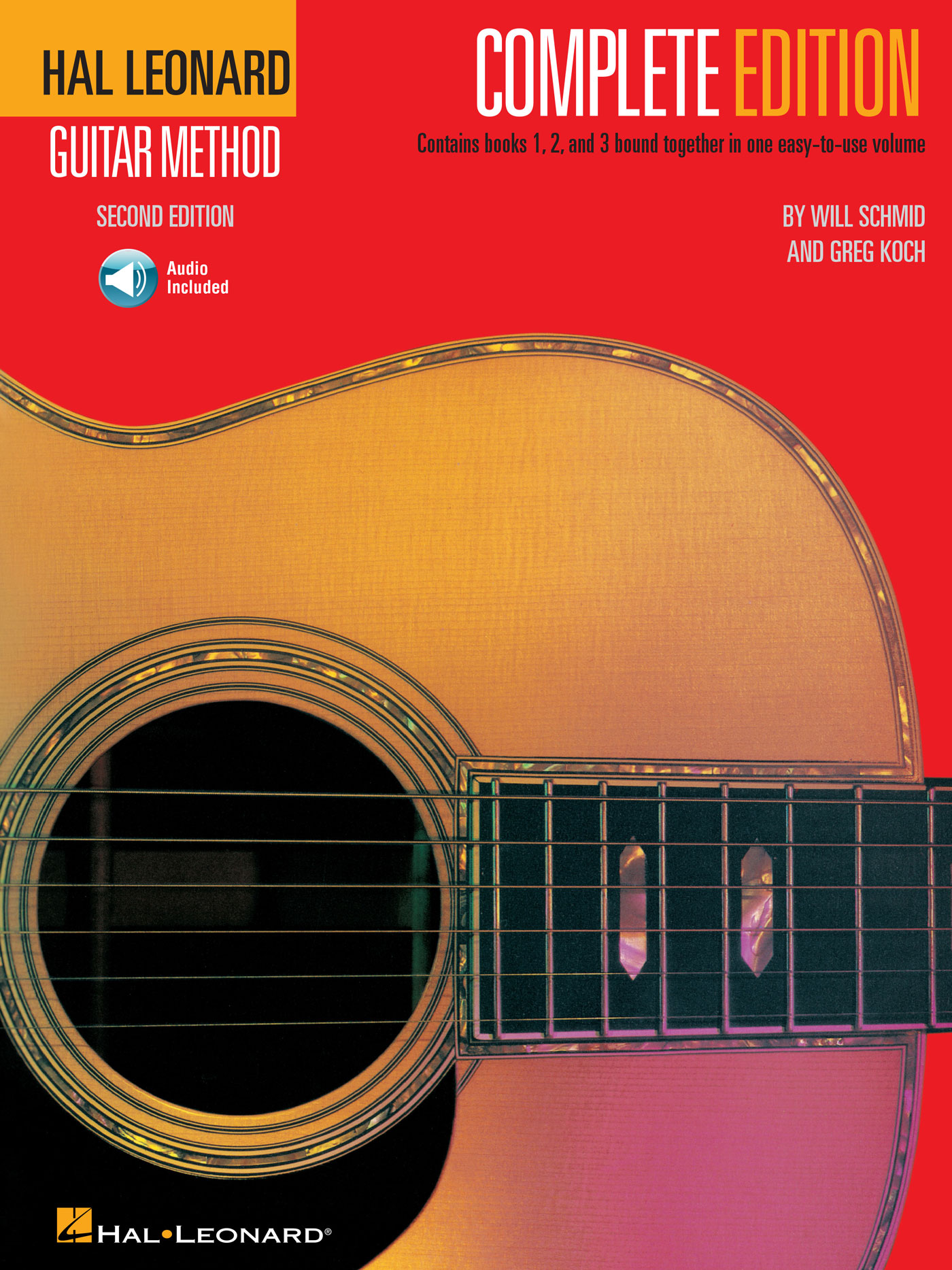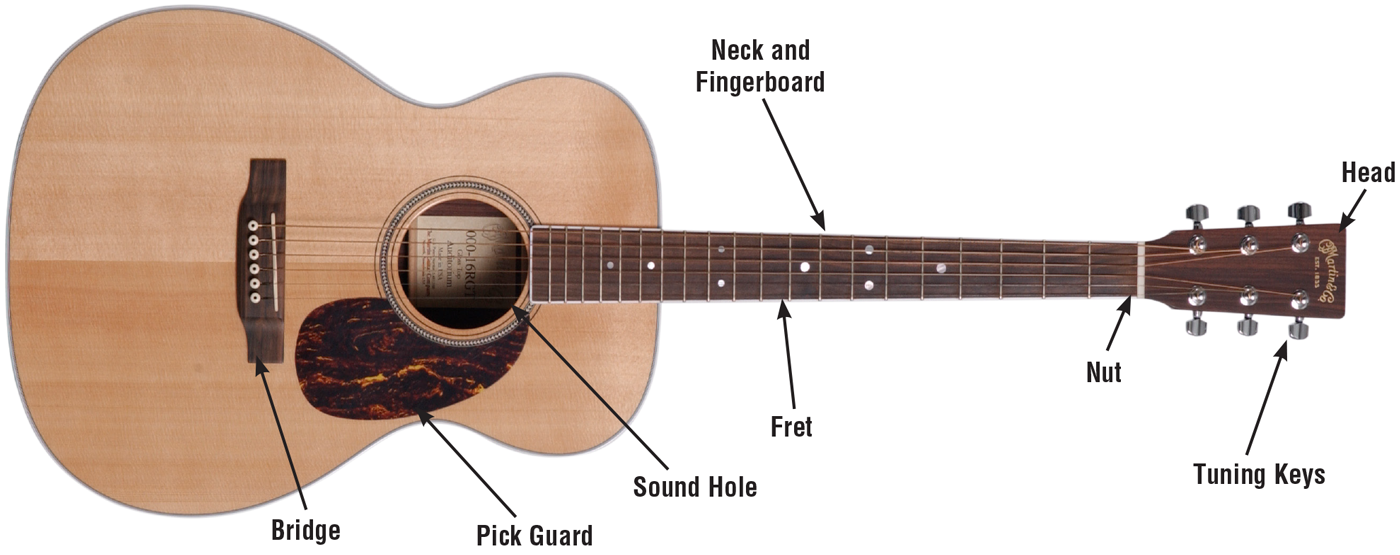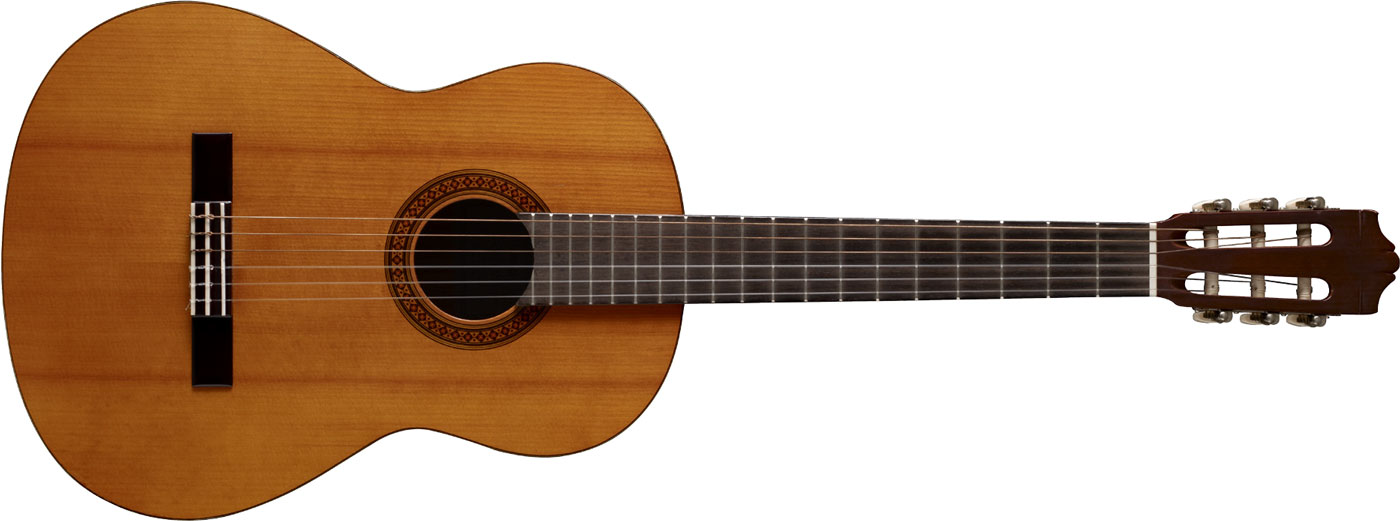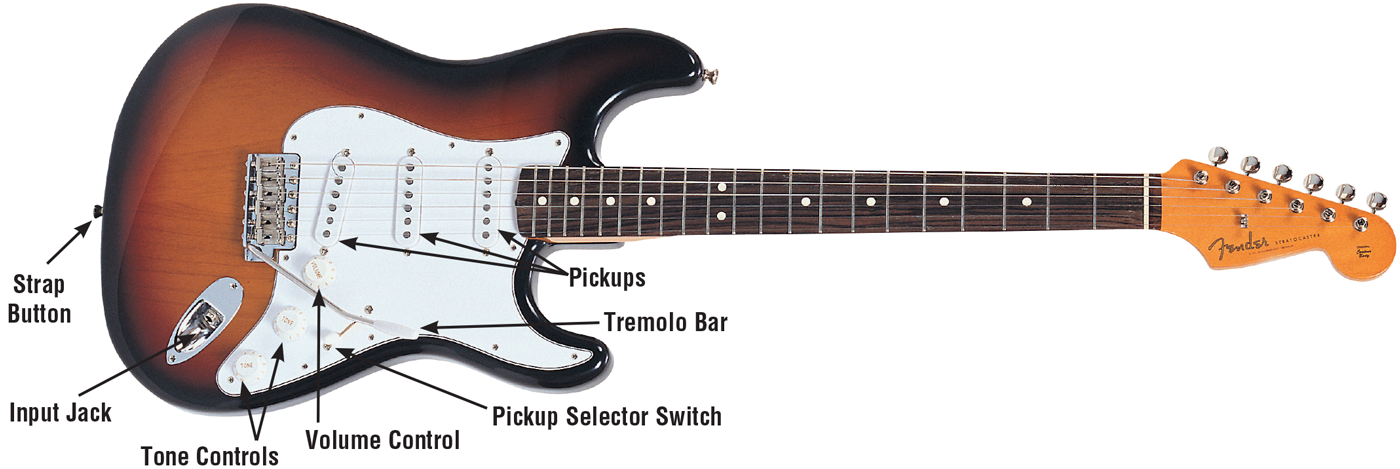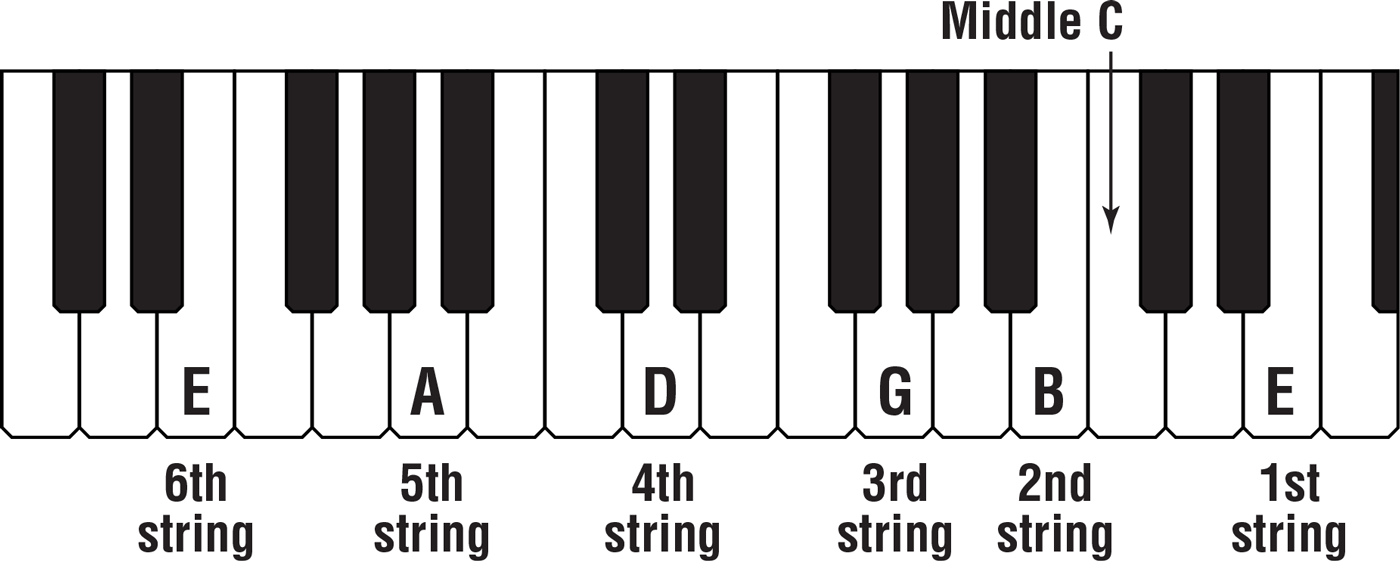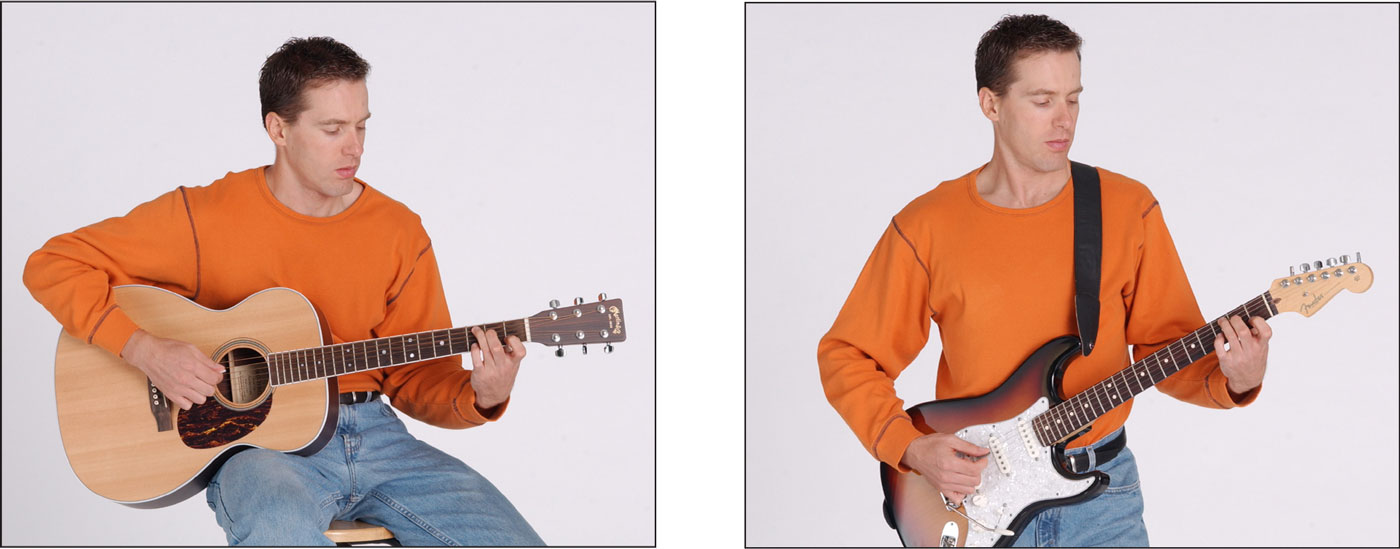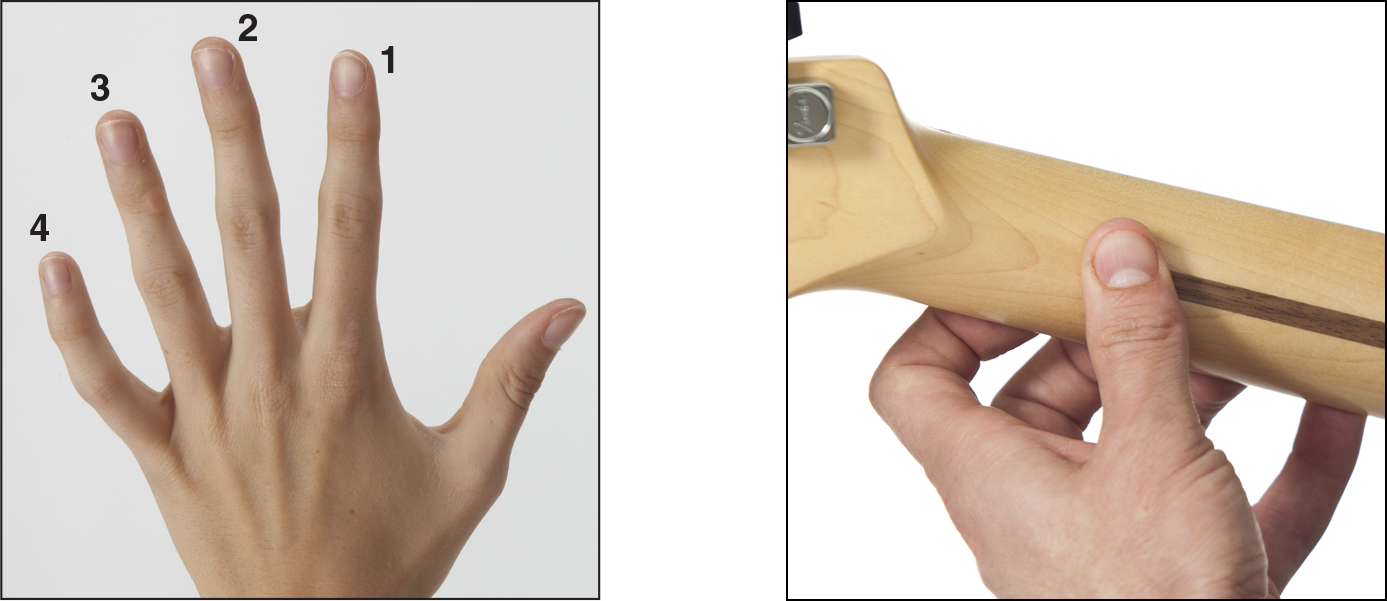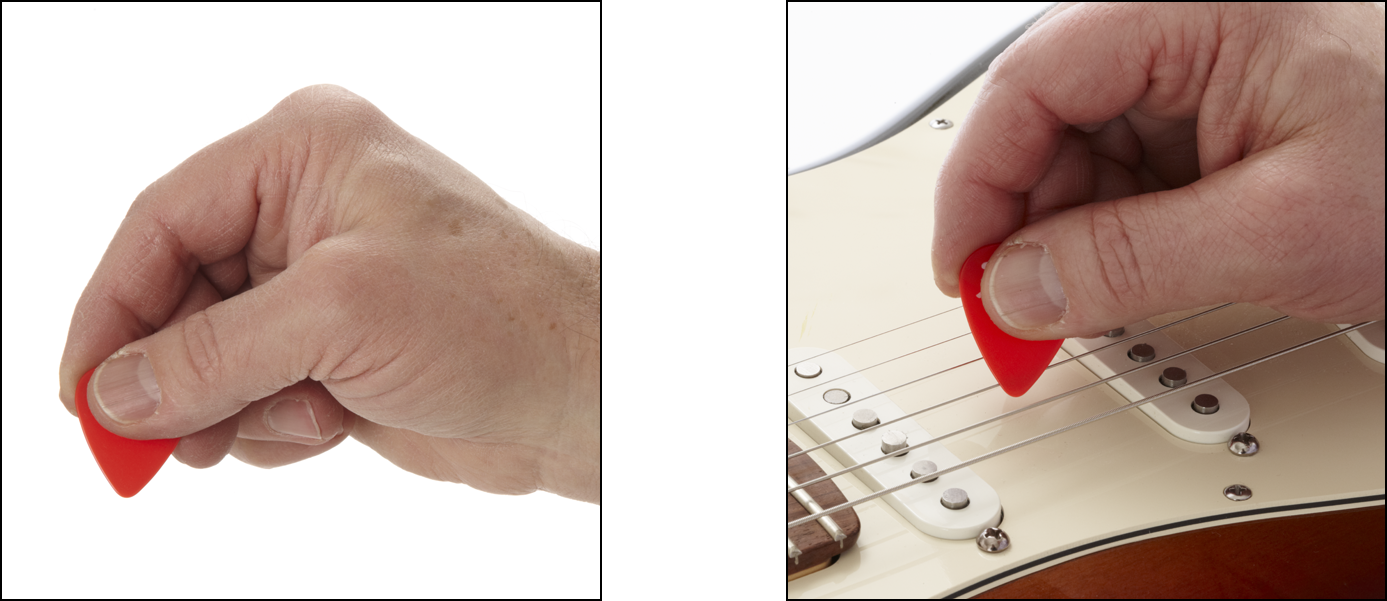7777 W. Bluemound Rd. P.O. Box 13819 Milwaukee, WI 53213
Copyright 1977, 1980, 1994, 2002 by HAL LEONARD CORPORATION
International Copyright Secured All Rights Reserved
For all works contained herein:
Unauthorized copying, arranging, adapting, recording, Internet posting,
public performance, or other distribution of the printed or recorded music
in this publication is an infringement of copyright.
Infringers are liable under the law.
Visit Hal Leonard Online at
www.halleonard.com
Contents
YOUR GUITAR
This book is designed for use with any type of guitaracoustic steel-string, nylon-string classical, or electric. Any of these guitars can be adapted for use in a wide variety of styles of music.
STEEL-STRING
NYLON-STRING
ELECTRIC
If you are using a solidbody-electric or an acoustic-electric be sure to practice with an amplifier some of the time.
TUNING
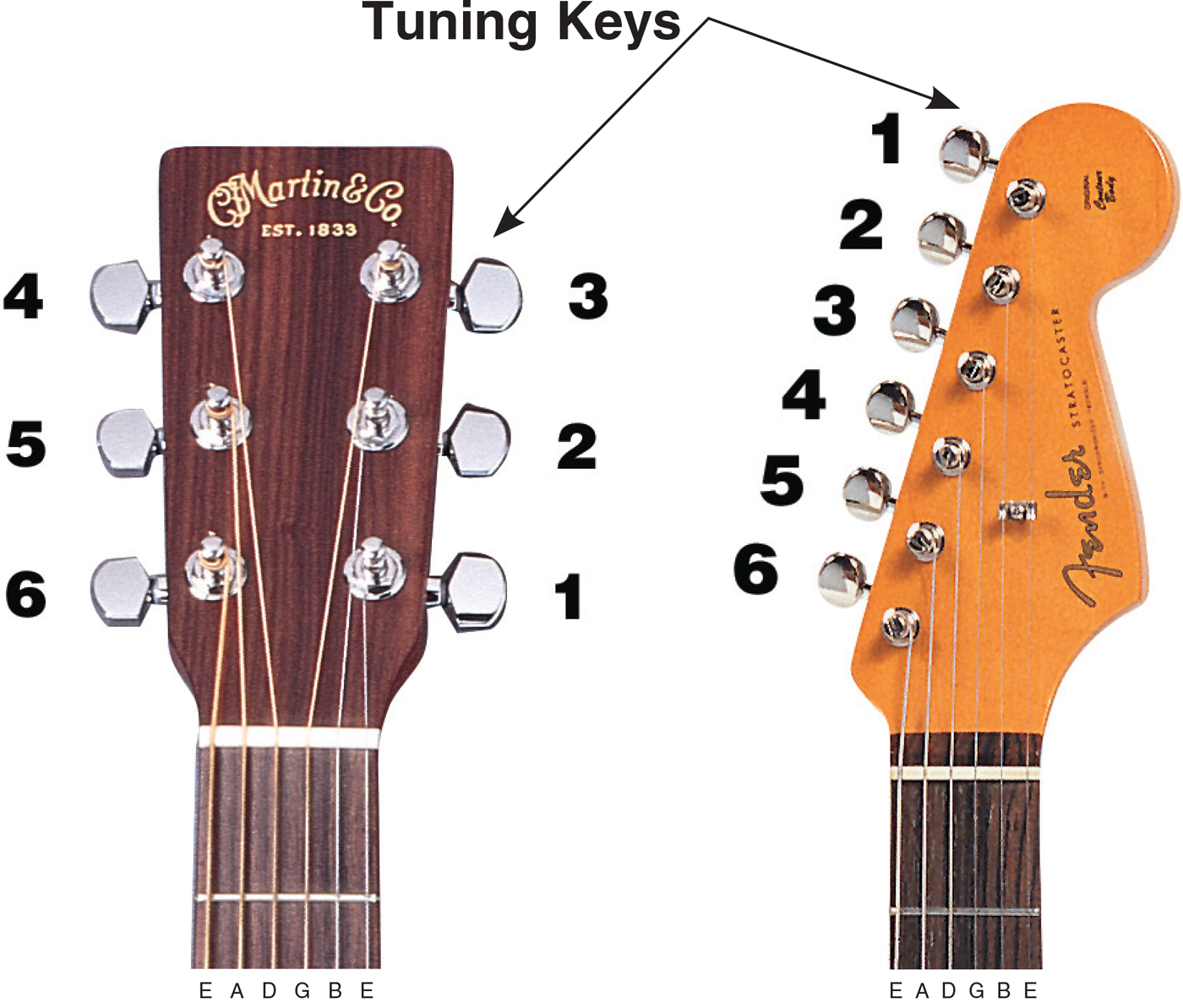
Double tap image to enlarge.
TUNING TO THE AUDIO
When you are tuning your guitar, you will adjust the pitch (highness or lowness of sound) of each string by turning the corresponding tuning key. Tightening a string raises the pitch and loosening it lowers the pitch.
The strings are numbered 1 through 6 beginning with the thinnest string, the one closest to your knee. Tune each string in sequence beginning with the first string, by listening to the correct pitch on the audio and slowly turning the tuning key until the sound of the string matches the sound of the source.
There is audio content at this location that is not currently supported for your device.
TUNING WITH AN ELECTRONIC TUNER
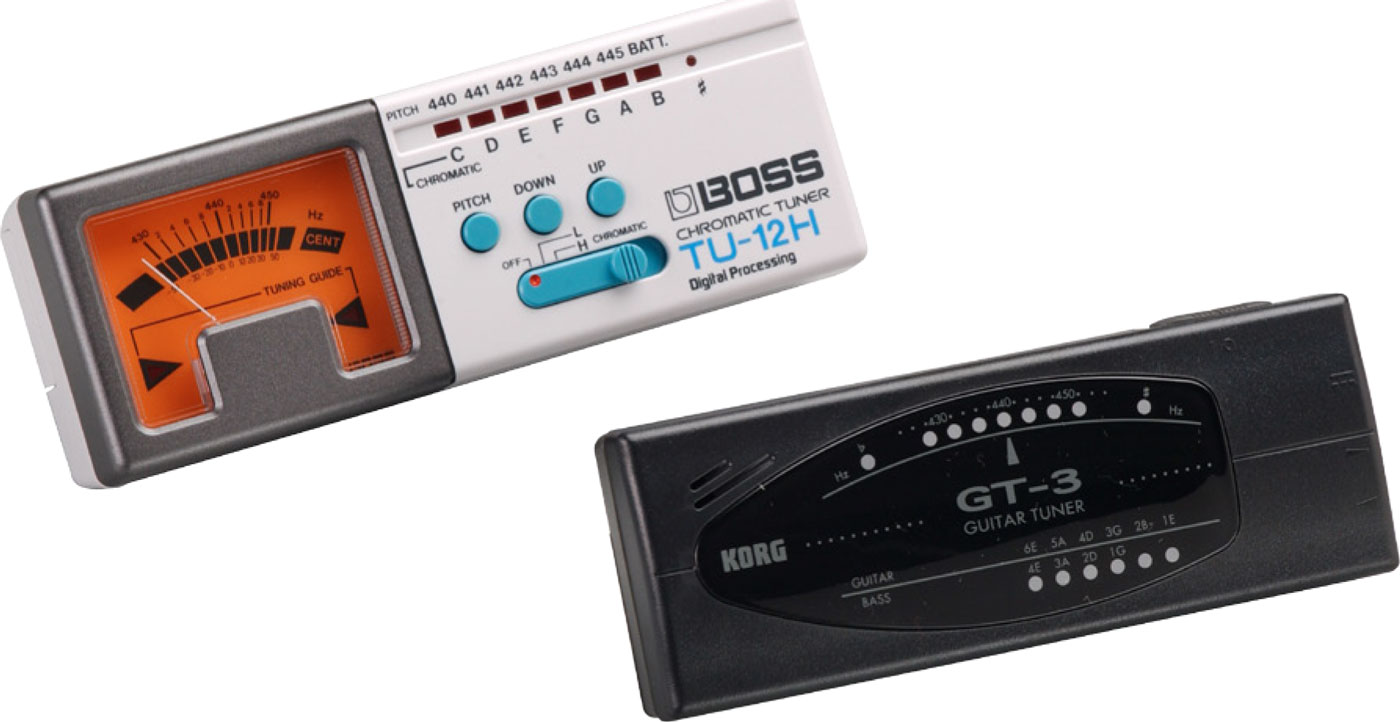
Double tap image to enlarge.
An electronic tuner reads the pitch of a sound and tells you whether or not the pitch is correct. Until your ear is well trained in hearing pitches, this can be a much more accurate way to tune. There are many different types of tuners available, and each one will come with more detailed instructions for its use.
TUNING TO A KEYBOARD
If you have a piano or electric keyboard nearby, play the correct key (see diagram) and slowly turn the corresponding tuning key until the sound of the string matches the sound of the keyboard.
ANOTHER WAY TO TUNE
To check or correct your tuning when no pitch source is available, follow these steps:
- Assume that the sixth string is tuned correctly to E.
- Press the sixth string at the 5th fret. This is the pitch A to which you tune your open fifth string. Play the depressed sixth string and the fifth string with your thumb. When the two sounds match, you are in tune.
- Press the fifth string at the 5th fret and tune the open fourth string to it. Follow the same procedure that you did on the fifth and sixth strings.
- Press the fourth string at the 5th fret and tune the open third string to it.
- To tune the second string, press the third string at the 4th fret and tune the open second string to it.
- Press the second string at the 5th fret and tune the first string to it.
This is called relative tuning because the strings are tuned relative to one another.
PLAYING POSITION
There are several ways to hold the guitar comfortably. On the left is a typical seated position, and on the right is the standing position. Make sure you practice sitting and standing. Observe the following general guidelines in forming your playing posture:
- Position your body, arms, and legs in such a way that you avoid tension.
- If you feel tension creeping into your playing, you probably need to reassess your position.
- Tilt the neck upwardsnever down.
- Keep the body of the guitar as vertical as possible. Avoid slanting the top of the guitar so that you can see better. Balance your weight evenly from left to right. Sit straight (but not rigid).
Left-hand fingers are numbered 1 through 4 (Pianists: Note that the thumb is not number 1.) Place the thumb in back of the neck roughly opposite the 2nd finger. Avoid gripping the neck like a baseball bat with the palm touching the back of the neck.
These photos show the position for holding a pick and the right-hand position in relationship to the strings. Strive for finger efficiency and relaxation in your playing.
MUSICAL SYMBOLS
Music is written in notes on a staff. The staff has five lines and four spaces between the lines. Where a note is written on the staff determines its pitch (highness or lowness). At the beginning of the staff is a clef sign. Guitar music is written in the treble clef.
Each line and space of the staff has a letter name. The lines are, (from bottom to top) E - G - B - D - F, which you can remember as Every Guitarist Begins Doing Fine. The spaces are, (from bottom to top) F - A - C - E, which spells Face.


